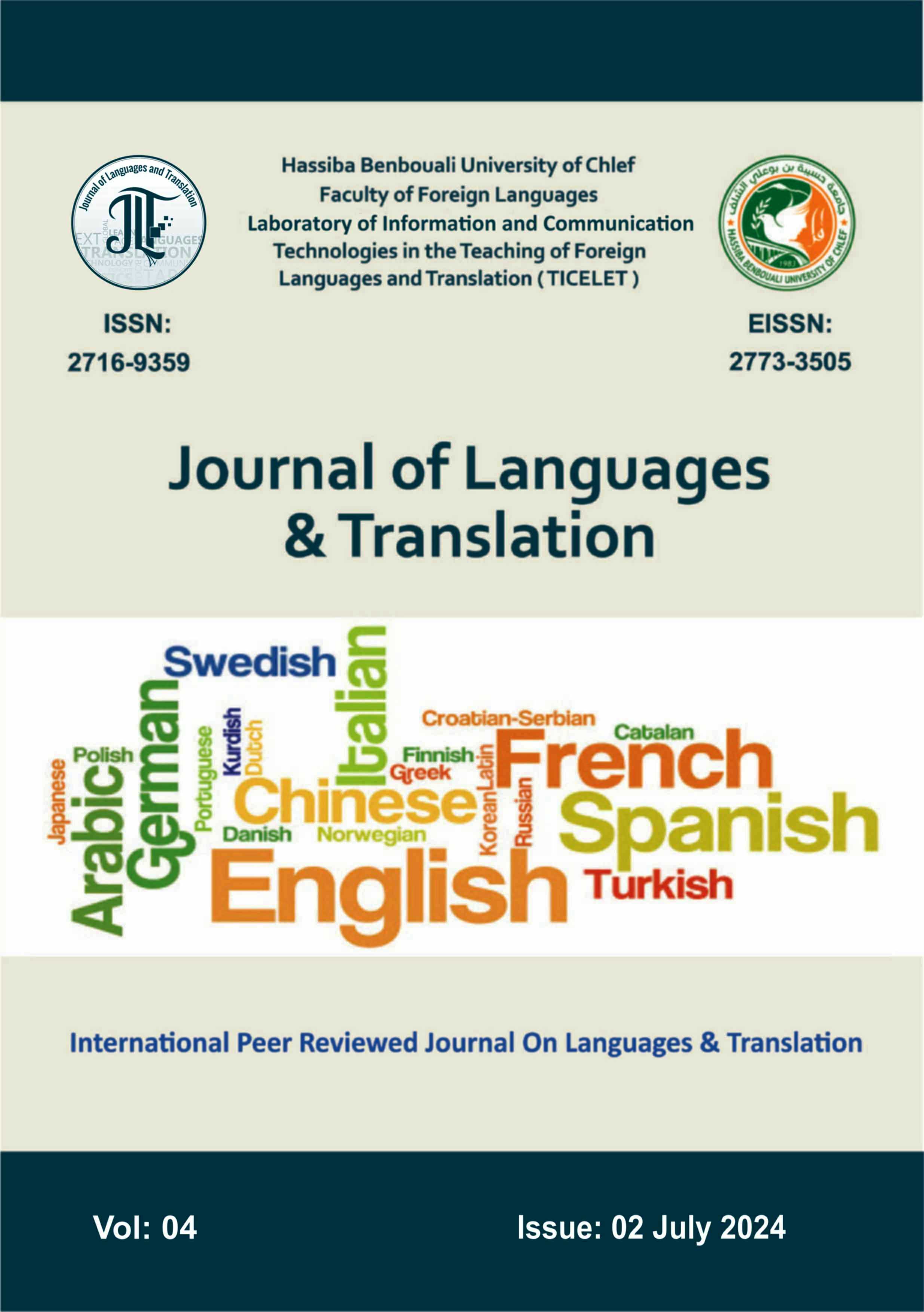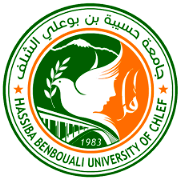Practical Guidelines for Implementing Translation into the EFL Classroom
DOI:
https://doi.org/10.70204/jlt.v4i2.364Parole chiave:
EFL, Translation, Lesson procedure, Guidelines, L1, Mother tongueAbstract
The use of languages other than the target one in foreign language teaching (FL) contexts has been interestingly gaining ground recently. A multitude of research has shown that though dogmatically no other language than the target language should be used in the FL classroom, L1 is used by many teachers and learners. It is noteworthy that managing the class and building relationships with the learners are crucial to the success of the lesson; yet they cannot be realized via the target language, especially with less proficient language learners. This article falls into the realm of translation use in foreign language teaching. It attempts primarily to bridge the gap between theory and practice, through suggesting a set of practical guidelines for teachers wishing to implement translation into their classroom. These guidelines are meant to model the judicious use of L1, and thus answer teachers’ queries about where to introduce L1 exactly within the lesson procedure, and by means of which tasks. In order to achieve a maximum of teacher-friendliness, the suggested guidelines are designed in reference to a lesson procedure based on the textual approach, with the implementation of translation-based tasks throughout the phases of the lesson, while mentioning the aim behind the use of L1 each time a translation task is introduced

##submission.downloads##
Pubblicato
Versioni
- 2024-08-22 (2)
- 2024-07-05 (1)










